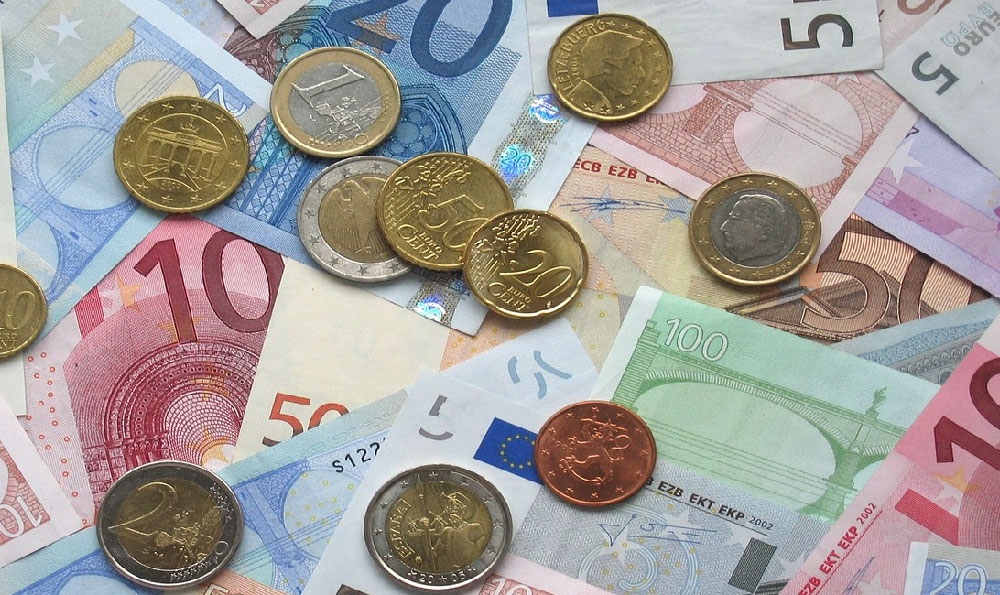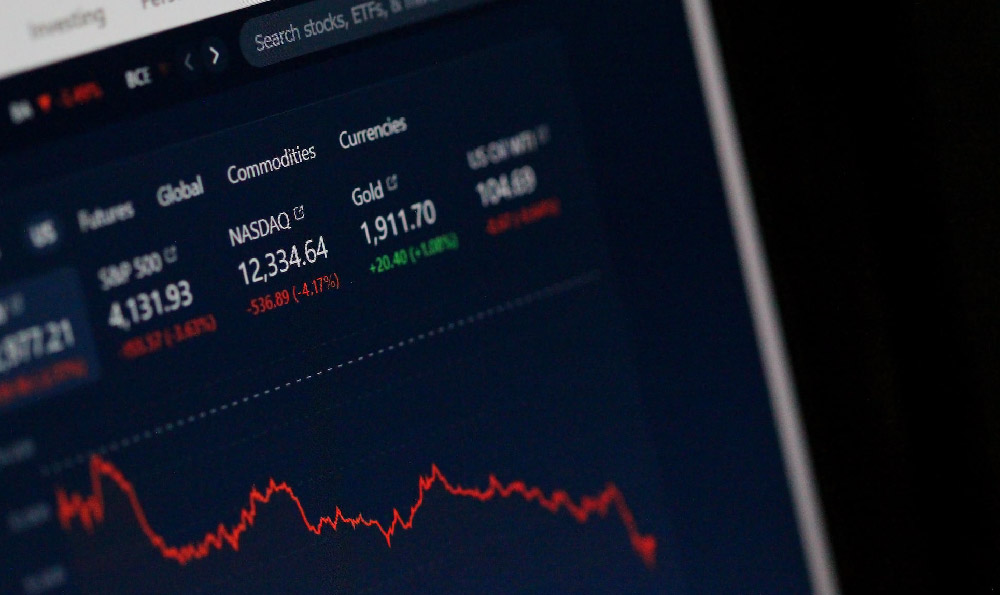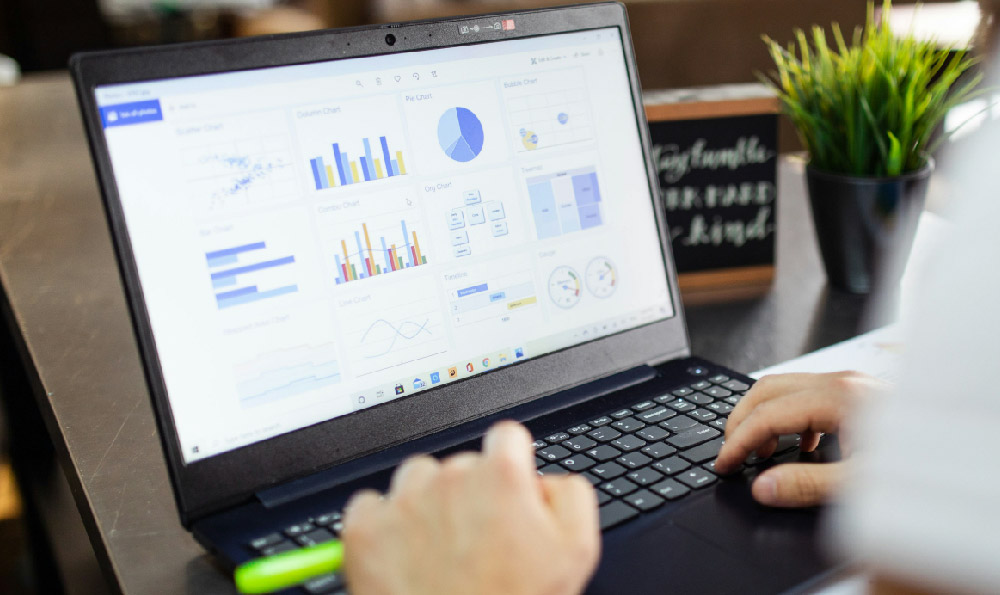Day trading, with its promise of quick profits and financial independence, is a siren song for many. However, before diving headfirst into this volatile world, it's crucial to understand the realistic profit potential and the significant risks involved. The allure of making a substantial amount of money in a single day is undeniable, but the reality is far more nuanced and often less glamorous.
Quantifying exactly how much one can make day trading is virtually impossible without considering a multitude of factors. These encompass the trader's initial capital, risk tolerance, market knowledge, chosen cryptocurrency assets, trading strategy, and perhaps most importantly, emotional discipline. Someone trading with $1000 will inevitably have a drastically different profit potential compared to someone trading with $100,000. Even a skilled trader with a small account may find it difficult to generate substantial daily returns simply due to the limitations of their capital. Transaction fees and slippage can also eat into potential profits, especially with smaller trades.
A more pertinent question to ask is: what is a realistic and sustainable profit percentage that a day trader can aim for? This is where expectations often clash with reality. Many beginners enter the market with unrealistic expectations, hoping for returns of 5%, 10%, or even more per day. While such gains are certainly possible on occasion, they are far from the norm and often involve taking on excessive risk. Chasing such high returns consistently will almost certainly lead to significant losses in the long run.

Instead, seasoned day traders often aim for smaller, more consistent gains. A realistic goal might be to target a daily profit of 0.5% to 2% of their trading capital. While this may seem modest, it's important to remember the power of compounding. Consistently achieving even a 1% daily gain can result in substantial profits over time. This approach prioritizes capital preservation and sustainable growth over chasing fleeting opportunities for outsized returns.
The specific cryptocurrencies chosen for day trading also significantly impact the potential for profit and the level of risk involved. Volatile assets, like meme coins or newly listed projects, offer the potential for rapid price swings and thus larger profits, but also carry a much higher risk of substantial losses. More established cryptocurrencies like Bitcoin or Ethereum tend to be less volatile, offering a more stable (albeit potentially less lucrative) environment for day trading. Diversification within the cryptocurrency market is also important. Spreading your capital across several different assets can help to mitigate risk and reduce the impact of any single losing trade.
The importance of a well-defined trading strategy cannot be overstated. A successful strategy will outline specific entry and exit points, risk management rules (such as stop-loss orders), and the criteria for selecting which cryptocurrencies to trade. It should be based on a thorough understanding of technical analysis, chart patterns, and market indicators. Without a solid strategy, trading becomes akin to gambling, relying on luck rather than skill and discipline. Backtesting the strategy using historical data is also essential to assess its effectiveness and identify any potential weaknesses.
Risk management is arguably the most critical aspect of day trading. Setting stop-loss orders is crucial to limit potential losses on each trade. A common rule of thumb is to risk no more than 1% to 2% of your trading capital on any single trade. This means that even if a trade goes against you, the loss will be manageable and won't significantly impact your overall capital. Furthermore, it's essential to avoid over-leveraging your trades. While leverage can amplify potential profits, it also magnifies potential losses. Using excessive leverage is a surefire way to quickly deplete your trading account.
Emotional discipline is another key factor that separates successful day traders from those who fail. It's easy to get caught up in the excitement of the market and make impulsive decisions based on fear or greed. A successful trader must be able to remain calm and rational, even in the face of adversity. Sticking to the trading plan, regardless of emotional impulses, is essential for long-term success. It's also important to know when to step away from the market. If you're feeling stressed, tired, or emotional, it's best to take a break and clear your head before resuming trading.
Finally, it's crucial to be aware of the potential pitfalls and scams in the cryptocurrency market. This includes pump-and-dump schemes, fake ICOs, and other fraudulent activities. Doing your due diligence and researching any cryptocurrency before investing is essential. Be wary of promises of guaranteed profits or unrealistic returns, as these are often red flags. Only invest what you can afford to lose, and never put all your eggs in one basket.
In conclusion, while the potential for profit in day trading cryptocurrency exists, it's essential to approach it with realistic expectations, a well-defined strategy, and a strong focus on risk management. It's not a get-rich-quick scheme, and it requires dedication, discipline, and continuous learning. A sustainable and realistic profit target is achievable with the right approach, but chasing unrealistic returns will likely lead to disappointment and financial loss. Treat day trading as a serious business, not a game, and you'll significantly increase your chances of success. Remember to prioritize capital preservation and long-term growth over short-term gains.












